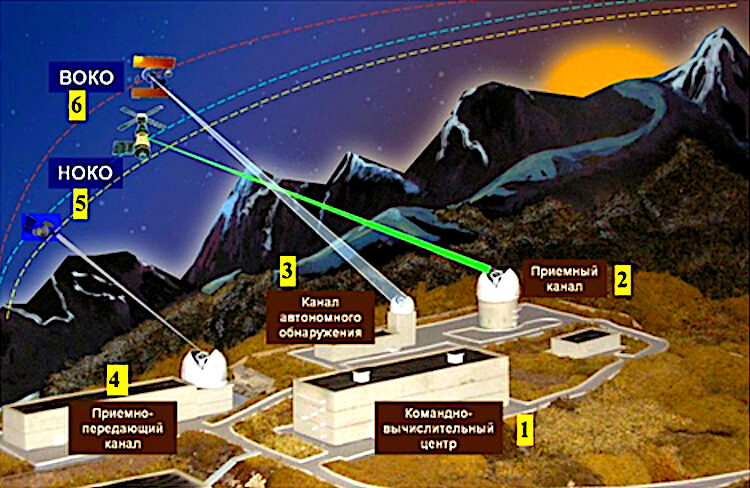
© xmatis75/stock.adobe.comHuman heart cross-section illustration matis75/stock.adobe.com
Heart disease -- the leading cause of death in the U.S. -- is so deadly in part because the heart, unlike other organs, cannot repair itself after injury. That is why tissue engineering, ultimately including the wholesale fabrication of an entire human heart for transplant, is so important for the future of cardiac medicine.
To build a human heart from the ground up, researchers need to replicate the unique structures that make up the heart. This includes
recreating helical geometries, which create a twisting motion as the heart beats. It's been long theorized that this twisting motion is critical for pumping blood at high volumes, but proving that has been difficult, in part because creating hearts with different geometries and alignments has been challenging.
Now, bioengineers from the Harvard John A. Paulson School of Engineering and Applied Sciences (SEAS) have developed the first biohybrid model of human ventricles with helically aligned beating cardiac cells, and have shown that muscle alignment does, in fact, dramatically increases how much blood the ventricle can pump with each contraction.This advancement was made possible using a new method of additive textile manufacturing,
Focused Rotary Jet Spinning (FRJS), which enabled the high-throughput fabrication of helically aligned fibers with diameters ranging from several micrometers to hundreds of nanometers. Developed at SEAS by Kit Parker's Disease Biophysics Group, FRJS fibers direct cell alignment, allowing for the formation of controlled tissue engineered structures.
The research is published in
Science.




Comment: Asia is proving to be quite the melting pot, and source, for ancient humanity: DNA from 16 ancient peoples found on Indonesian island spanning last 3,000 years
See also: